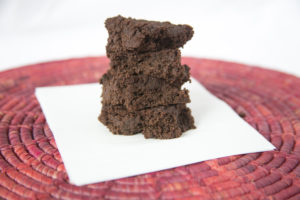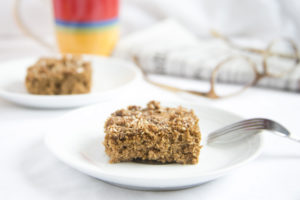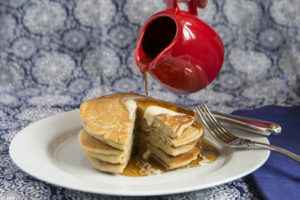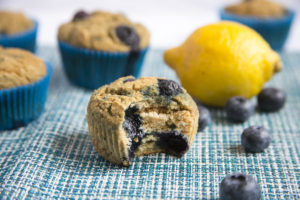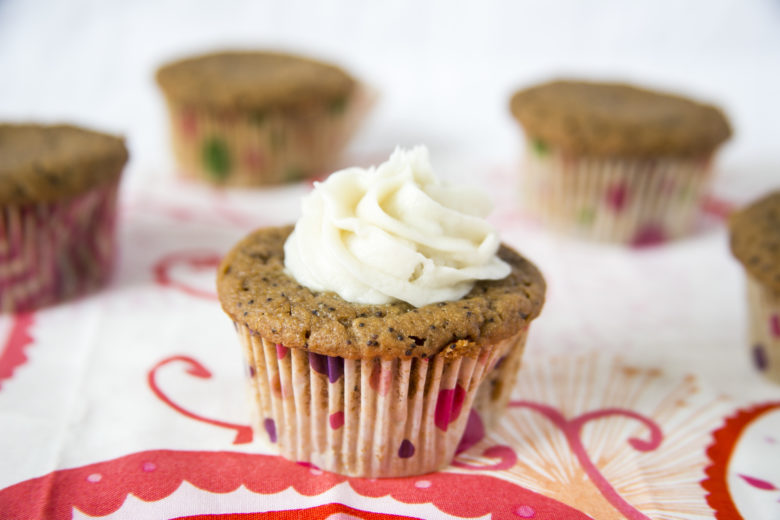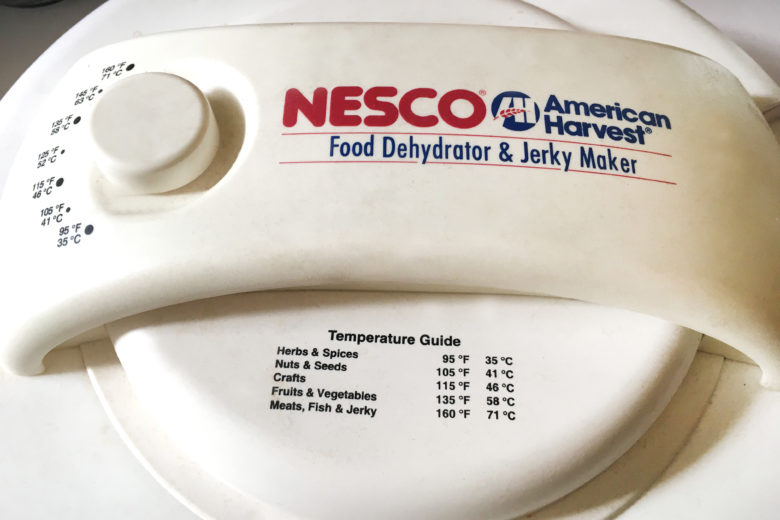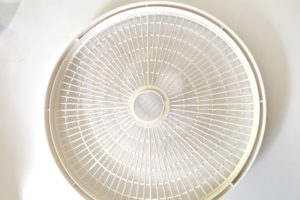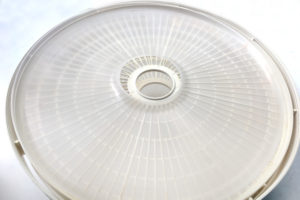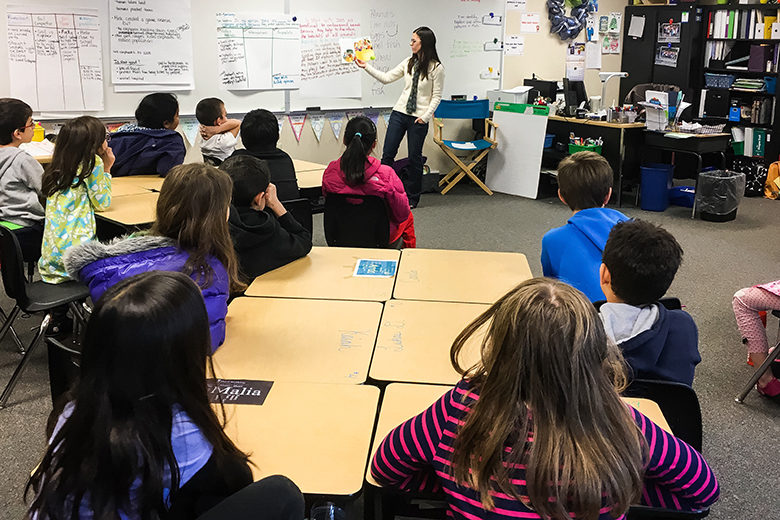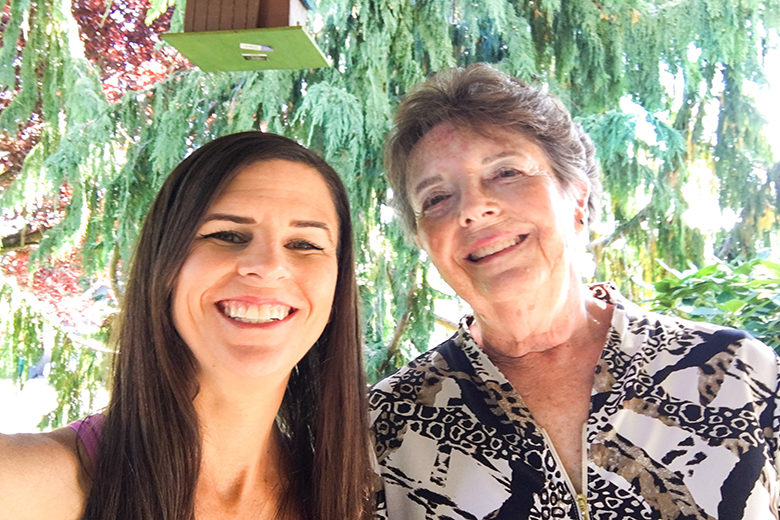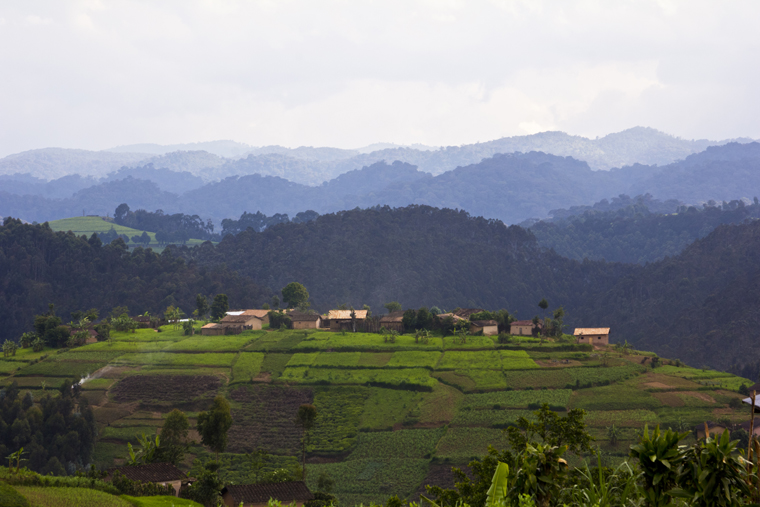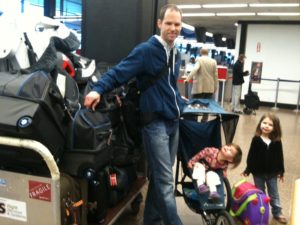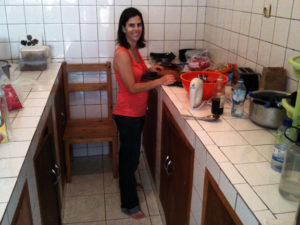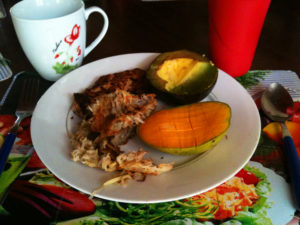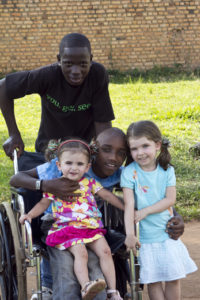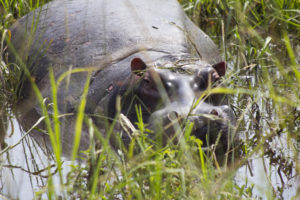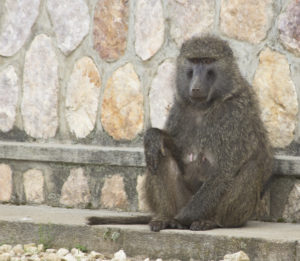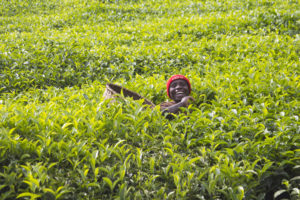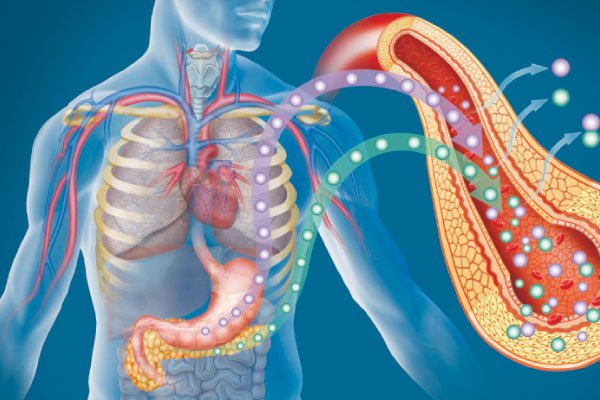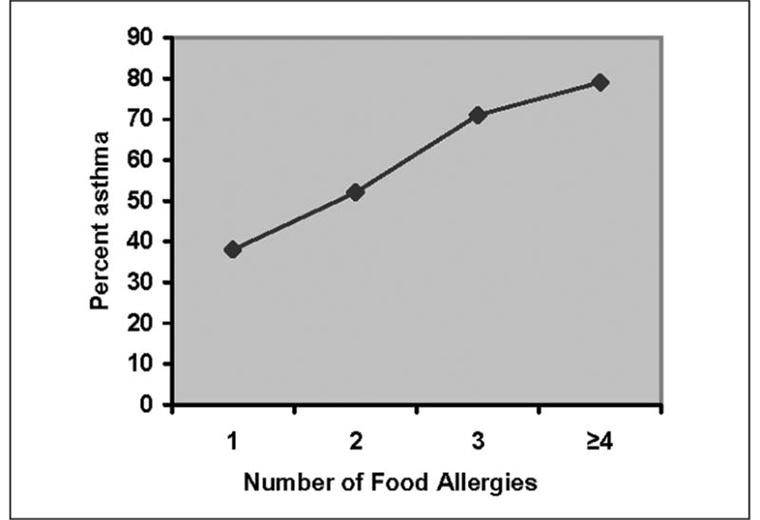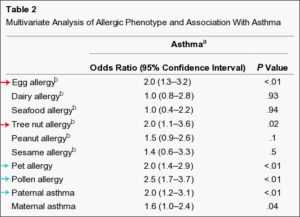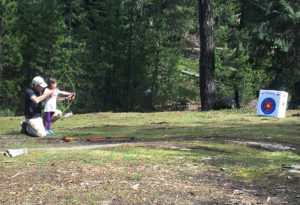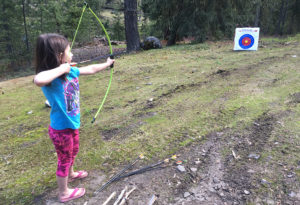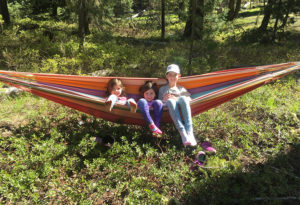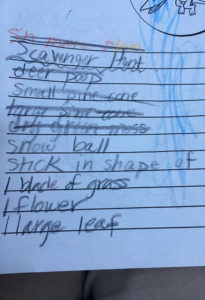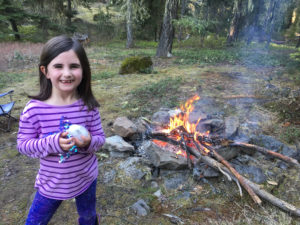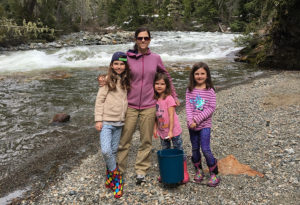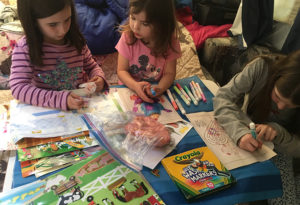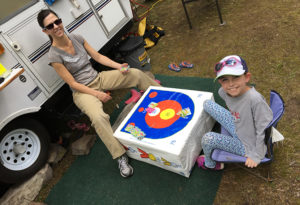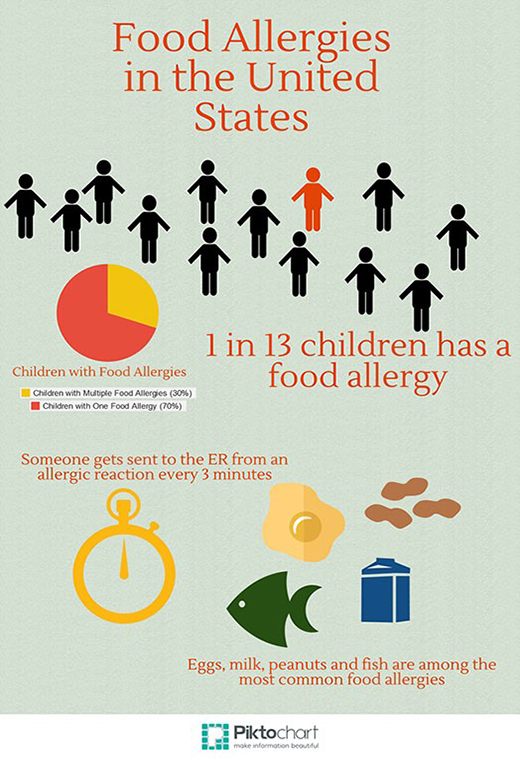Today Dr. Ana-Maria Temple is sharing about Prevention and Functional Medicine Treatments for asthma. I’m so thankful for all of her work, she has helped educate me in many ways. You can find her website at www.familywellnesstips.com. Thanks again Ana for sharing your expertise with us!
Functional Medicine Tips for Reducing Asthma Symptoms and the need for Medications:
Asthma is a disease of chronic inflammation of the airway. It likes to manifest along with eczema and seasonal allergies. It’s called the allergic march. All 3 are inflammatory conditions.
Like many chronic diseases, Asthma has a genetic background.
– 1 parent with asthma = A child has 30% risk of developing the disease
– 2 parents with asthma = A child 60% risk of developing asthma
– If a child has eczema before the age of 2yrs old, they are at an increased risk to develop asthma later in life. (1)
– We discussed the link between food allergies and asthma in a previous post
However, genetics DO NOT mean that the disease will occur 100% of the time. In other words, in most chronic conditions genetics do not define the outcome. Genes put us at risk, BUT its Genetics + Environment (triggers) + what we do in our every day life (mediators) = disease.
Let’s talk prevention:
What to do before becoming pregnant:

Many studies in animal models are suggesting that pre-pregnancy maternal health is as important as health during pregnancy in determining children’s health. (2)
– do not smoke. Not inside, not outside, not anywhere.
– eat fruits and veggies 8-13 servings a day. Both egg and sperm carry genetic
material. How we eat and treat our bodies determines how our genes are being expressed in our bodies and in our offspring.
– start or maintain a fitness routine to empower your body with strong heart and lungs that are imperative in delivering oxygen and nutrients to the future fetus.
What a mom and dad can do during pregnancy:

– do not smoke. Not inside, not outside, not anywhere.
– eat fruits and veggies 8-13 servings a day. Yep, I have to say it again for those who
skip the top part.
– regular fitness routine is important for so many aspects of pregnancy, including
asthma prevention in the offspring. 30 min a day, every day can make a life long
impact on the child. It can be yoga, walking, swimming, cross training, etc.
– control your stress levels. Stress alters your Cortisol Level which affects almost all
other hormones in your body. The hormone shifts have an impact on the fetus.
– sleep – see hormones above. Furthermore, a recent study showed a relationship
between less sleep and less good bacteria in your gut. (3) Pregnant women need great gut flora for nutrient absorption by the fetus, prevention of infectious illnesses that can adversely affect the fetus, and hormone regulation.
– build your gut health, see below in supplements
After delivery:

– breast feeding is one of the most crucial steps to asthma prevention. Even small amounts can make a huge difference. Yes one ounce every feeding can help.
– Vitamin D is a powerful anti-inflammatory that has been shown in numerous studies to decrease asthma symptoms. Formula fed babies need about 32 oz a day to get enough vitamin D, while nursed babies do not get Vitamin D from mother’s milk.
Weaning to solids:
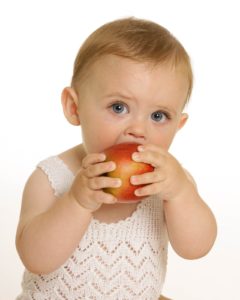
– When it comes to food introduction, forget rice cereals, they are processed flakes in a box mixed with arsenic (sorry but it’s true). Start babies on fruits and veggies.
– Spices like turmeric, cardamom, pepper, cumin, cinnamon can be used for babies 6 months and older. Here is a great Blog on this topic: http://spicespicebaby.com
– When it comes to finger foods for babies and toddlers – NO Food Coloring! If Fruits/ Veggies are not always avail, packaged foods with ingredients you can pronounce and can identify as food, no more then 5 ingredients per package.
– NO JUICE, unless you juice at home. NO store bought juice ever in your house. EVER!
Toddler years

– At the age of 12 months, if a child has been suffering from chronic issues with ear infections, wheezing, bronchitis, eczema, continuous runny nose and congestion, I would NOT transition to Whole Milk. I prefer Almond Milk, Coconut Milk, Hemp Milk, or Non-GMO soy milk – if they are non-allergic. Dairy has been shown to be an inflammatory food in some children. Proceed with nutritionist guidance.
– If at 12 months, the baby is healthy without medical issues, I would start Organic minimally pasteurized whole milk, despite family history of Asthma. I am not a fan of Raw Milk (not a controlled substance, not regulated, who knows how the milk is stored and where, illegal in many states, high risk of bacterial infection, etc)
– During the Picky Years when toddlers start chucking food at your head and refusing food because they are not growing as fast, do not give in and supplement their discarded healthy meals with pasta, bread, crackers, milk in larger quantities, cheese, cereal, and other white/beige foods.
– Eating habits begin now and are easier to correct at 18 months then 4 years down the road.
– A white/beige diet = asthma, allergies, eczema, weight gain, hyperactivity, increased levels of tantrums, developmental delay, poor brain development.
– Ensure the family eats 8-13 servings of fruits and veggies a day
Beyond the Toddler Years:
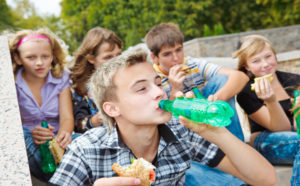
– a white/beige diet = asthma, allergies, eczema, weight gain, hyperactivity, increased levels of tantrums, developmental delay, poor brain development.
– ensure the family eats 8-13 servings of fruits and veggies a day
– do not keep soda, sports drinks, juice, or other sugar ladened drinks in the house.
– sugar => blocks the immune system for 5hrs after ingestion. More viruses => more
asthma
– if your child likes to overdose on crackers and snacks, stop buying it
– simple carbs => sugar => asthma
– nightly family meals around the table without electronics have been shown to
decrease asthma exacerbations in kids
More Tips Applicable to Everyone:
– dosages to be discussed with your doctor

Reduce the use of antibiotics –
children who received antibiotics during their first year of life are twice as likely to develop asthma before the age of seven! Most ear infections do not require antibiotics. Great and amazing blog post here about ear infections.
Reduce antibiotics in foods –
Buy grass fed /organic meat and dairy to reduce exposure to antibiotics from animal products.
The Mediterranean Diet – see below
Has been shown in many studies to reduce the risk of asthma and to reduce the use of medications in those suffering from asthma (7) (8)
Vitamin D – is anti-inflammatory. Low levels of vitamin D have been associate with Severe Asthma. A current review of the literature (1) showed vitamin D to be effective in reducing asthma symptoms in adults and children with moderate or severe asthma (4)
Magnesium – relaxes the airway and has been shown in adults to help in those with moderate Asthma symptoms(5)
Zinc – is a mineral that is important in controlling histamine response . Having a diet rich in zinc is important in reducing the risk of developing food and environmental allergies.
Vitamin C – can decrease the risk of getting the common cold, which triggers asthma. Furthermore it can relax airway swelling in those with exercise induced asthma symptoms. (9)
Probiotics – moms, make sure you are taking a probiotic, drinking kefir, eating fermented foods, or drinking kambucha during pregnancy under your doctor’s supervision. Your healthy bacteria gets transferred to the baby during birth. Baby guts colonized with healthy strain of probiotics show less health issues at birth and later in life (6)
Quercetin – a kind of antioxidant called a flavonoid, helps to reduce the release of
histamine and other allergic or inflammatory chemicals in the body. Histamine contributes to allergy symptoms, such as a runny nose, watery eyes, and hives
Allergy testing for food and environmental allergens – an important part of the treatment plan for Asthma. Reducing exposure to allergens may significantly reduce asthma exacerbations and need for asthma medications.
Bottom Line –

• Look with your doctor for the common causes of asthma. Is it food allergies?
• Is it environmental allergens?
• Is it mold?
• Is there something wrong with the bacteria and microbes in the gut?
• Is it a toxin?
• What about stress or a poor diet?
• All of these things are potential triggers for asthma and all chronic disease.
Mediterranean Diet – The 8 Pediatric components
1. 2+ fruits every day
2. 2+ servings of veggies every day
3. 2+ whole grain servings a day
4. eat beans, legumes, 4 or more times a week
5. eat nuts and seeds daily
6. use olive oil as a source of fat (no vegetable, corn, palm oils)
7. eat fish 2 times or more a week
8. eat red meat once a week or less
Things to Know About Asthma:
Asthma Symptoms:
– cough with running and playing when well
– cough at night more then 2 times a week when well
– wheezing
– difficulty breathing, shortness of breath with colds or with activity
– constant coughing
Asthma Evaluation:
– all kids may wheeze one or two times under the age of 3 before we diagnose them with asthma
– Criteria for Asthma diagnosis of children under 3years
– wheeze with every cold,
– hospitalized with wheezing more then once,
– they need albuterol with every cold,
– they need oral steroids more then once a year
– there is one test that can help with the diagnosis of asthma in kids older then 6years old – Spirometry. However, it can be a tricky test and results may vary. The best way to diagnose asthma at this time is from the history and illness pattern.
Asthma Triggers:
allergies, mold, foods, pets, cold or hot environments, exercise, stress, viral infections, sinus infections, poor diet, poor gut health
Asthma Pathology:
– this is chronic inflammation of the airway. With chronic inflammation of the airway, the lungs become very sensitive to changes in temperatures, allergens, exercise, colds, etc. Poor nutrition decreases the ability of the immune system to function properly. More toxins are absorbed by those who consume
Asthma Treatment (2 treatments that are misused):
– Albuterol
This is a medicine delivered in puffer or nebulizer form and it is used for coughing or wheezing. It is a temporary relief that generally lasts 4hrs. If your doctor has prescribed this medicine and your child is coughing and you wonder if you should use it, the answer is always yes. In my clinical practice, I find that most parents are afraid of using albuterol for various reasons. If albuterol has been prescribed and is used at the onset of cough and/or wheezing, the symptoms resolve much faster and with less doctor visits.
– Inhaled Corticosteroids
This is a medicine that is prescribed in puffers or nebulizers and is used twice daily (generally) independent of cough, shortness of breath, or wheezing. If your doctor prescribes it, use it. This is a preventative medication that helps keep airway inflammation down, so a cold is just a cold and coughs don’t worsen leading to Emergency Room visits or hospitalizations.
Fun Fact: a medium strength inhaled steroid used twice a day for 365 days of the year, has to be used for 5 years to equal ONE ROUND of Oral Steroids of 3-5 days duration.
IN THE END – KNOW YOUR SYMPTOMS AND YOUR TRIGGERS. FIND THE ROOT CAUSE AND IT WILL HELP YOU REDUCE MEDICATIONS AND DOCTOR VISITS!
In Good Health,
Ana-Maria Temple, MD
Citations:
1 – https://bmcpediatr.biomedcentral.com/articles/10.1186/1471-2431-12-168 2 – research happening in New Zealand at Wellington Hospital, results are not
published yet
3 – probiotics – http://www.radionz.co.nz/national/programmes/ninetonoon/audio/
201845643/sleep-guts-and-bugs
5 – https://nccih.nih.gov/research/results/spotlight/021110.htm://www.cochrane.org/
news/high-quality-evidence-suggests-vitamin-d-can-reduce-asthma-attacks 6- infant guts – https://www.ncbi.nlm.nih.gov/pmc/articles/PMC4350908/
7 – mediterranean diet – https://www.ncbi.nlm.nih.gov/pubmed/18782109
8 – mediterranean diet – https://www.ncbi.nlm.nih.gov/pmc/articles/PMC4651981/
9 – vitamin C – http://www.bmj.com/content/349/bmj.g5517/rr/797361
4, 10 – summary of asthma and alternative options – http://www.umm.edu/
health/medical/altmed/condition/asthma
